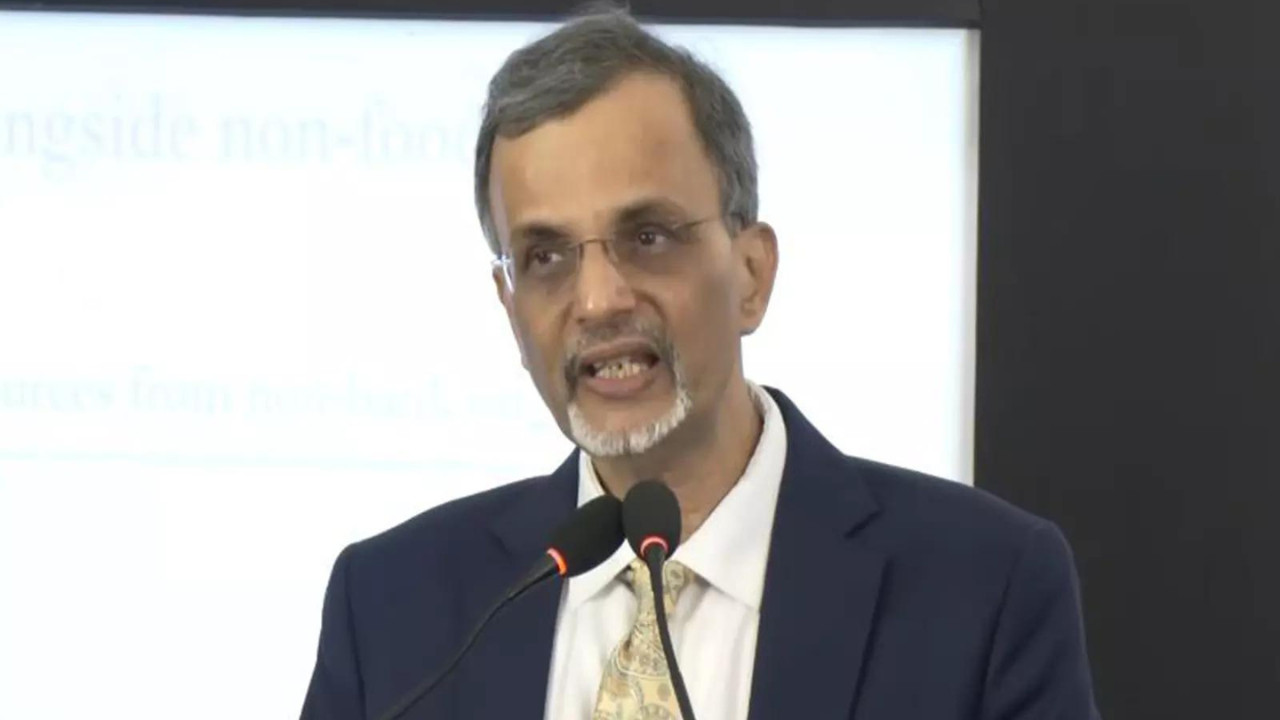Chief Economic Advisor V Anantha Nageswaran is confident India’s FY26 economic growth will surpass 6.8%, driven by increased consumption from GST rate cuts and income tax relief. He anticipates growth exceeding 6.5% and is comfortable projecting above 6.8%, awaiting Q2 numbers for a potential upward revision.
India’s Economic Ascent: Beyond the Horizon of FY25
The Indian economy is currently buzzing with a quiet confidence, a hum of activity that hints at more than just incremental growth. It’s a feeling Chief Economic Advisor (CEA) V. Anantha Nageswaran seems to share, painting a rather optimistic picture for the fiscal year 2026 and beyond. Forget just scraping by; Nageswaran foresees India’s growth comfortably exceeding 6.8%. What’s fueling this bright outlook? It’s a confluence of factors, a carefully orchestrated symphony of fiscal policy, global integration, and good old-fashioned Indian resilience.
GST and Tax Relief: Catalysts for Growth
One of the key drivers Nageswaran highlights is the continued positive impact of Goods and Services Tax (GST) rate rationalization and broader tax relief measures. Think of it as a strategic loosening of the reins, giving businesses more room to maneuver and invest. The GST, once a source of considerable debate, is now settling into its role as a unifying force, streamlining the tax landscape and boosting overall economic efficiency. This simplification, coupled with targeted tax relief, is injecting vital oxygen into the entrepreneurial ecosystem. It’s about making it easier for businesses to thrive, removing roadblocks, and encouraging both domestic investment and foreign direct investment (FDI).
But it’s not just about immediate gains. The CEA points to the multiplier effect of these policies, arguing that they are laying the groundwork for sustained, long-term expansion. By fostering a more predictable and business-friendly environment, India is becoming an increasingly attractive destination for global capital, further fueling the growth engine.
Riding the Wave of Global Integration
India’s economic narrative is no longer solely an internal story. It’s increasingly intertwined with the ebb and flow of the global economy. Nageswaran emphasizes India’s strategic participation in global value chains as a crucial element in its growth trajectory. India isn’t just participating; it’s actively carving out a space for itself as a reliable and competitive player in the global marketplace. This means not just exporting goods and services, but also attracting foreign investment, fostering technological collaborations, and building a robust and adaptable workforce. The image below depicts one segment of India’s tech workforce, which is contributing to the GST growth.
“`html

“`
However, global integration is a double-edged sword. While it offers immense opportunities, it also exposes India to external shocks. The CEA acknowledges the importance of navigating these challenges prudently, mitigating risks, and ensuring that India’s economic fundamentals remain strong. This requires a proactive approach to risk management, diversifying export markets, and building resilience against global economic volatility. Relatedly, consider reading about the effect of global manufacturing trends on the Indian economy.
The Promise of FY26: A Glimpse into the Future
So, what does this all mean for FY26? Nageswaran’s optimism isn’t just based on wishful thinking; it’s rooted in a careful assessment of the underlying economic drivers. He anticipates that the positive momentum generated by GST reforms, tax relief measures, and global integration will continue to propel India’s growth beyond the 6.8% mark.
Of course, challenges remain. Inflation, global uncertainties, and infrastructure bottlenecks all pose potential headwinds. However, the Indian government appears committed to addressing these challenges head-on, implementing policies aimed at controlling inflation, improving infrastructure, and fostering a more conducive business environment. The confidence stems from a belief in India’s inherent potential, its demographic dividend, and its entrepreneurial spirit. It’s about harnessing these strengths, creating the right policy framework, and unlocking the full potential of the Indian economy.
Conclusion: A Sustainable Growth Story
The future of India’s economy appears bright, bolstered by strategic fiscal policies and increasing integration into the global landscape. The projected growth exceeding 6.8% in FY26, as suggested by the Chief Economic Advisor, isn’t just a number; it’s a testament to India’s resilience and its potential to emerge as a major economic powerhouse. While external risks remain, a proactive and strategic approach will be essential to ensuring sustained and inclusive growth, solidifying India’s position on the global stage. The narrative is shifting from potential to performance, and the world is watching closely.







